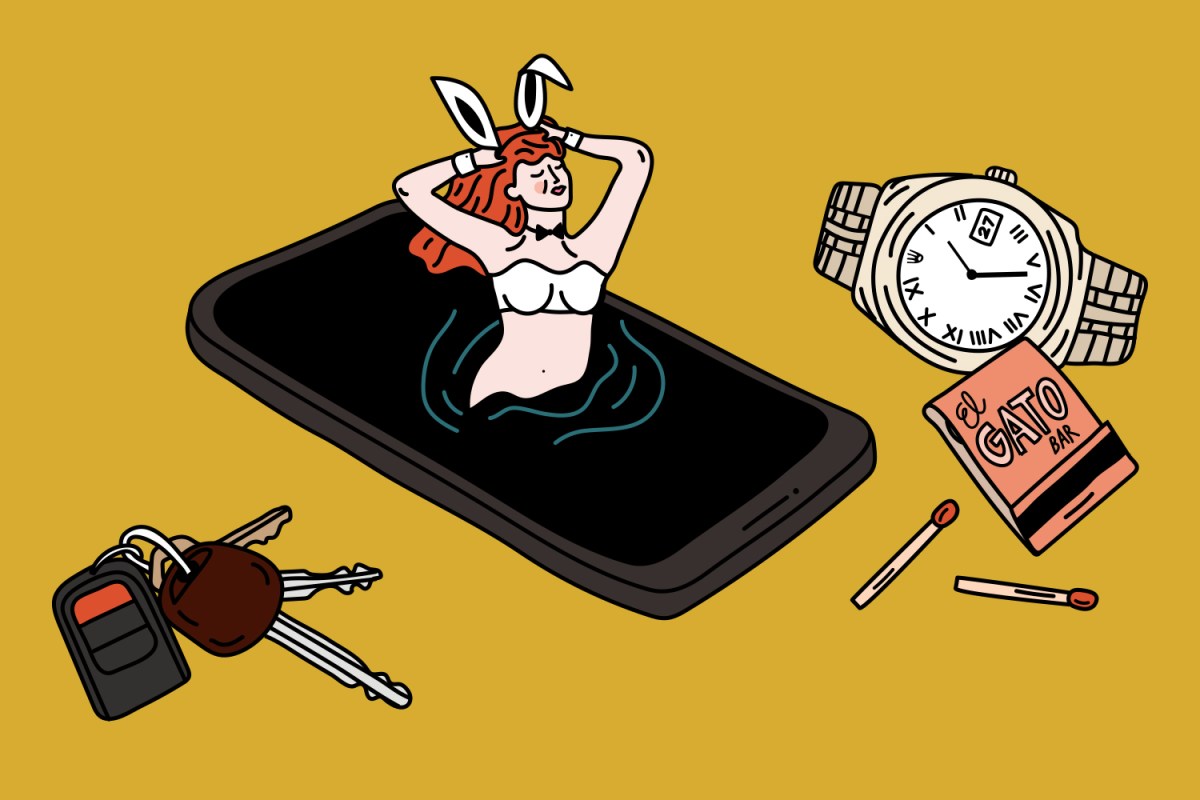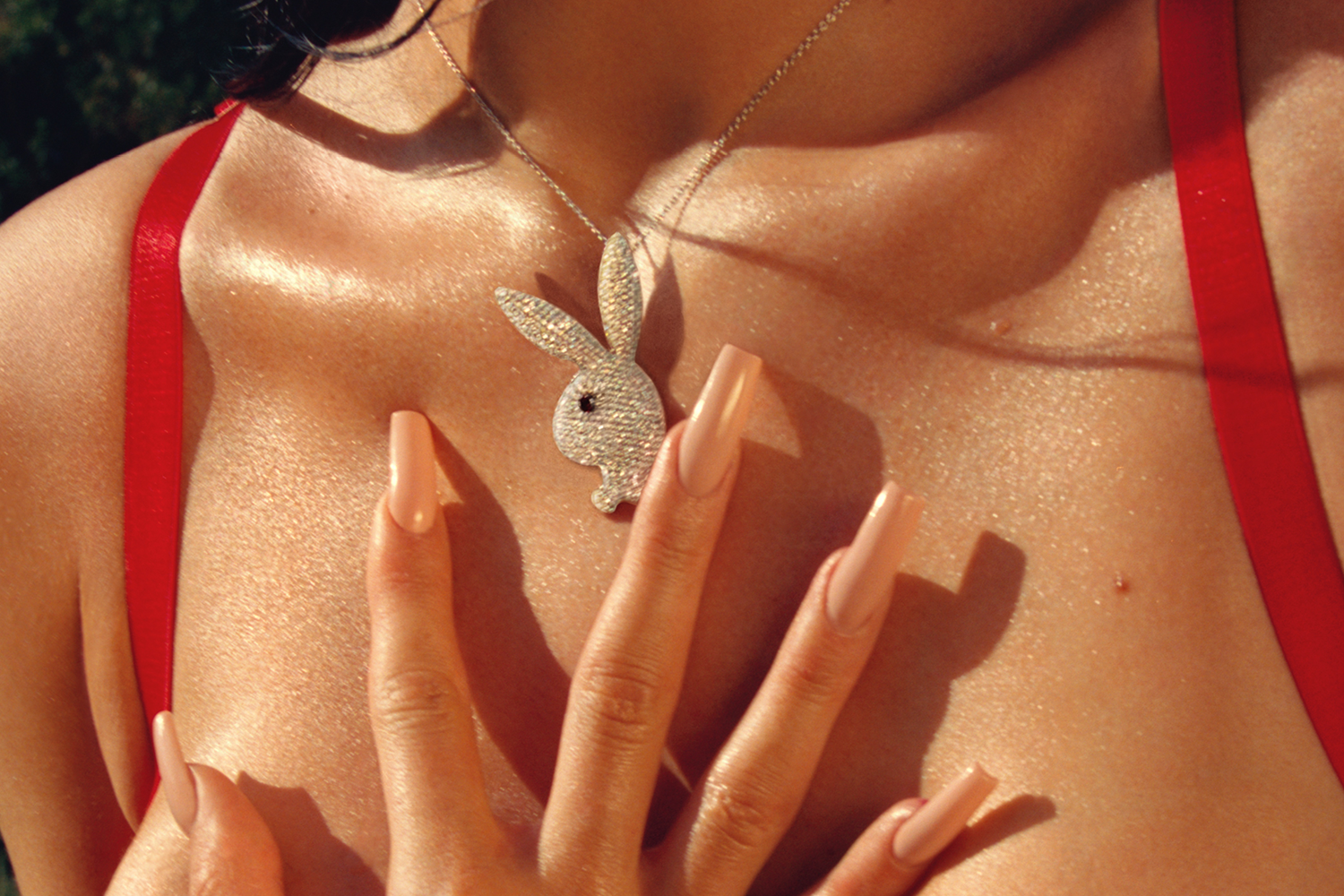As American life ground to a halt last month, as we seem to have become fond of phrasing it, so too did one of its longtime cultural signifiers.
On March 18, amid a slew of endings, closures and deaths both literal and figurative, Playboy announced it would be ceasing publication of its print magazine with the Spring 2020 issue. Citing various reasons, including the long-running plight of print media and the far-reaching tendrils of the COVID-19 pandemic, the magazine came to a seemingly sudden and unceremonious close, ultimately ending its 66-year print run with an exit that proved relatively quiet for a brand that “liked to make noise,” as one-time Playboy model Lily Burana put it in an essay for the New York Times. Burana, who had posed for the magazine’s 1996 “Women of the Internet” pictorial, penned her tribute to the late print magazine after finding herself feeling “weirdly nostalgic” in the wake of Playboy’s announcement, perhaps for a time before all of us were “of the internet.”
Like the vast majority of media brands, Playboy itself has been “of the internet” for quite some time. But now free of its print anchor, the brand, like many of us in this particular moment, is suddenly more of the internet than ever before.
While Playboy is retiring its long-running print product — which just last year saw a major artistic and editorial overhaul that transformed Hugh Hefner’s iconic nude mag into an ad-free quarterly the Times called “a newer, woke-er, more inclusive Playboy,” — the brand is moving forward with a multi-platform, fully digital presence.
“We’re turning our attention to achieving our mission in the most effective and impactful way we can for a 2020 audience,” Playboy’s executive editor Liz Suman tells InsideHook. By focusing on the brand’s online presence, which includes Playboy.com, Instagram, Twitter, IGTV and YouTube channels as well as a Medium blog, Playboy “will continue to create a culture where all people can pursue pleasure in a digital way.”
These digital pursuits of pleasure include a combination of Playboy old and new, refashioned and repackaged into a sprawling multi-platform presence fit for the 2020 consumer. Recent projects include the Playboy Live series on Instagram, with episodes featuring everything from comedy and book clubs to workouts and quarantine pool parties with models, as well as a modern reimagining of the famed Playboy Advisor series, presenting grown-up sex ed gone digital that offers sexual wellness lessons such as “Dildos and Dildon’ts” and the best “Toys & Tools” to achieve the female orgasm.
The brand also plans to incorporate and, in some cases, resurrect key features of Playboy’s past into the brand’s revitalized digital wonderland. The fully digital publication will still include the Playmate pictorials that have always made Playboy Playboy, as well as the 20Q and Playboy Interview series. Meanwhile, along with the digital reinvention of the Playboy Advisor, Suman tells InsideHook the brand has plans to revive Playboy After Dark, originally a TV variety show hosted by Hugh Hefner in the 60s and 70s, and reintroduce an updated version of the concept to a modern audience.
“We are focusing on what we’ve always done best – providing playful, fun, arousing and entertaining experiences with real rigor and research behind them,” says Suman. “We hope to reach a larger audience with our content in new formats, and digital is allowing us to connect with them in a space where they’re already present.”
Indeed, while historically dropping print has been a sign of a brand in overall decline, Playboy’s digital presence does appear to be thriving. In the open letter announcing the end of the magazine’s print run, Playboy CEO Ben Kohn claimed that the brand “is more successful than ever before,” boasting a diverse audience hundreds of millions strong and substantial growth across digital platforms, including four million new Instagram followers and 50-percent growth in engagement across social channels in just six months.
And yet, while abandoning print for greener digital pastures is hardly unprecedented in media today, Playboy’s break with print seems to carry a unique significance that goes beyond the mere transfer of its content from one medium to another. While most if not all magazines and/or digital media titles aim to promote and represent some kind of lifestyle or other, Playboy is perhaps the most prominent and prolific example of a magazine turned lifestyle brand.
The Playboy brand, which at various points throughout its history has included such diverse ventures and emblems as nightclubs, a record label, a reality TV series, two different mansions, a massive aircraft outfitted with Jet Bunnies and an endless catalogue of merchandise, has become such a larger-than-life entity of its own that it often feels necessary to distinguish Playboy-the-brand from its magazine of origin, causing many a writer working under certain style guidelines, including this one, to wonder when and if the name should be italicized.
Despite never having held a physical copy of Playboy in my life, it’s a distinction that’s always felt strangely critical to me. When people use the term “Playboy Bunny” as a catchall for the women of Playboy, a “Well, actually” burns at the back of my throat and I can rarely stop myself from explaining that the Playboy Bunnies were the women who worked at the Playboy clubs, not those who appeared in the magazine.
The magazine then, has often functioned as a kind of anchor for a sprawling brand that has been “many things to many people,” as Kohn put it, even as its print circulation dwindled and its digital audience grew. However, as Suman points out, while I’m not alone in my privileging of the magazine at the center of the brand, it’s a bit of a dated perception.
“The magazine has always been perceived as the physical centerpoint of our brand, but even dating as far back as the ’60s and ’70s, it was so much more than just a print product,” she says. “Back then, the magazine played the role of a connective tissue, serving as a guide to living the Playboy life to its fullest.” These days, however, that connective tissue “works best for audiences when it’s in a digital-first and experiential format.”
While cutting print has often been a sign of impending doom for magazines on the decline, Playboy’s relatively quiet break with print reads less like an act of triage and more like a next step on the brand’s ever-evolving reinvention project. Last year’s massive creative overhaul represented Playboy’s most convincing attempt yet to abandon the more problematic aspects of the brand’s history while preserving Playboy’s long, if sometimes overlooked, legacy of progressivism and refashioning it for a modern audience.
As Kohn wrote in his farewell to print, “Sometimes you have to let go of the past to make room for the future.” Perhaps for Playboy, parting ways with print simply means laying to rest a bygone era of a brand often criticized for representing a bygone era of sexuality.
Meanwhile, no matter how much things change at Playboy, the brand’s commitment to sexual freedom remains the matter at the heart of what Hefner once dubbed the Playboy Philosophy, never destroyed but always changing shape. “We need to reach people where they are, in the formats they engage with, and in the ways that capture their attention today,” says Suman. “The need for a second sexual revolution has never been more pressing — and it’s going to happen whether we lead it or not. Society is ready for it.”
This article was featured in the InsideHook newsletter. Sign up now.






















